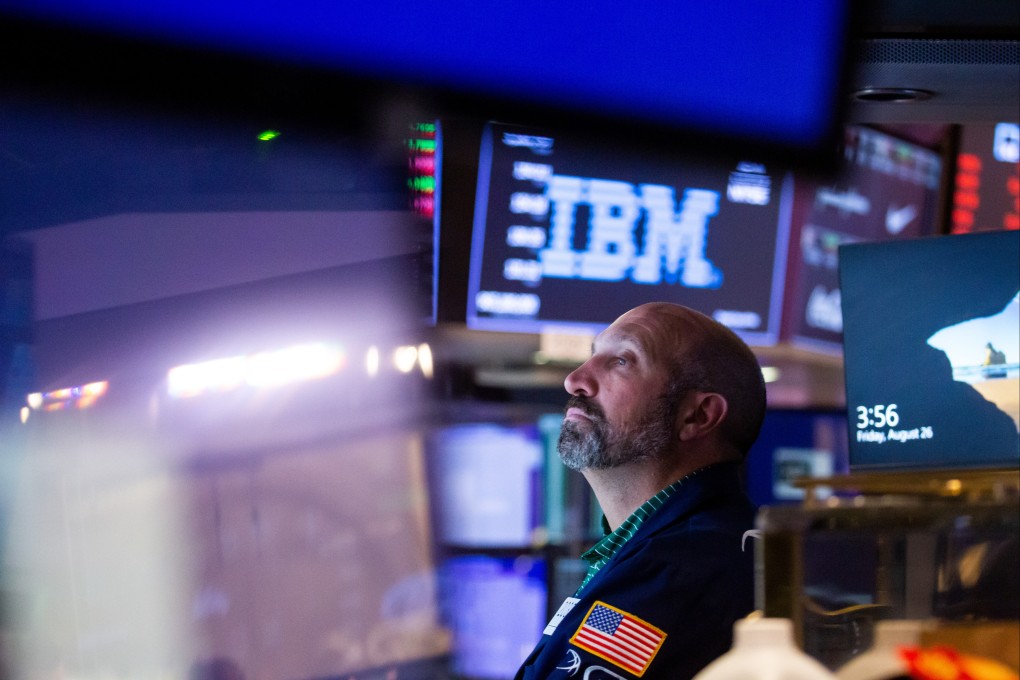Macroscope | Why it’s still too soon to be optimistic about a recovery in US growth stocks
- After being hit hard by the Fed’s inflation fighting policy, US growth stocks enjoyed a strong run in August, giving investors hope of a possible dovish pivot
- In reality, such hopes are premature – inflation is still uncomfortably high, and the Fed won’t ease up until it is brought under control

This year is shaping up to be a challenging one for risk assets on the back of a sharp, hawkish pivot by many developed-market central banks, including the US Federal Reserve, the Bank of England and the European Central Bank, at the start of 2022.
Growth stocks have been among the hardest hit, as they came into the year looking expensive and carrying high earnings expectations.
Markets had expected the earnings growth rate for key US growth sectors, like technology, consumer discretionary and communication services, to reach 10-30 per cent this year. Those numbers have since been revised down, although earnings expectations for 2023 remain high considering the rapidly dimming developed market outlook.

We are already starting to see a softening in demand for consumer electronics and appliances, as reflected in US retail sales in July, which were down 11.3 per cent year on year. Interestingly, despite the sell-off that we have seen in growth stocks to date, they continue to trade quite expensively compared to the broader US equity market.
